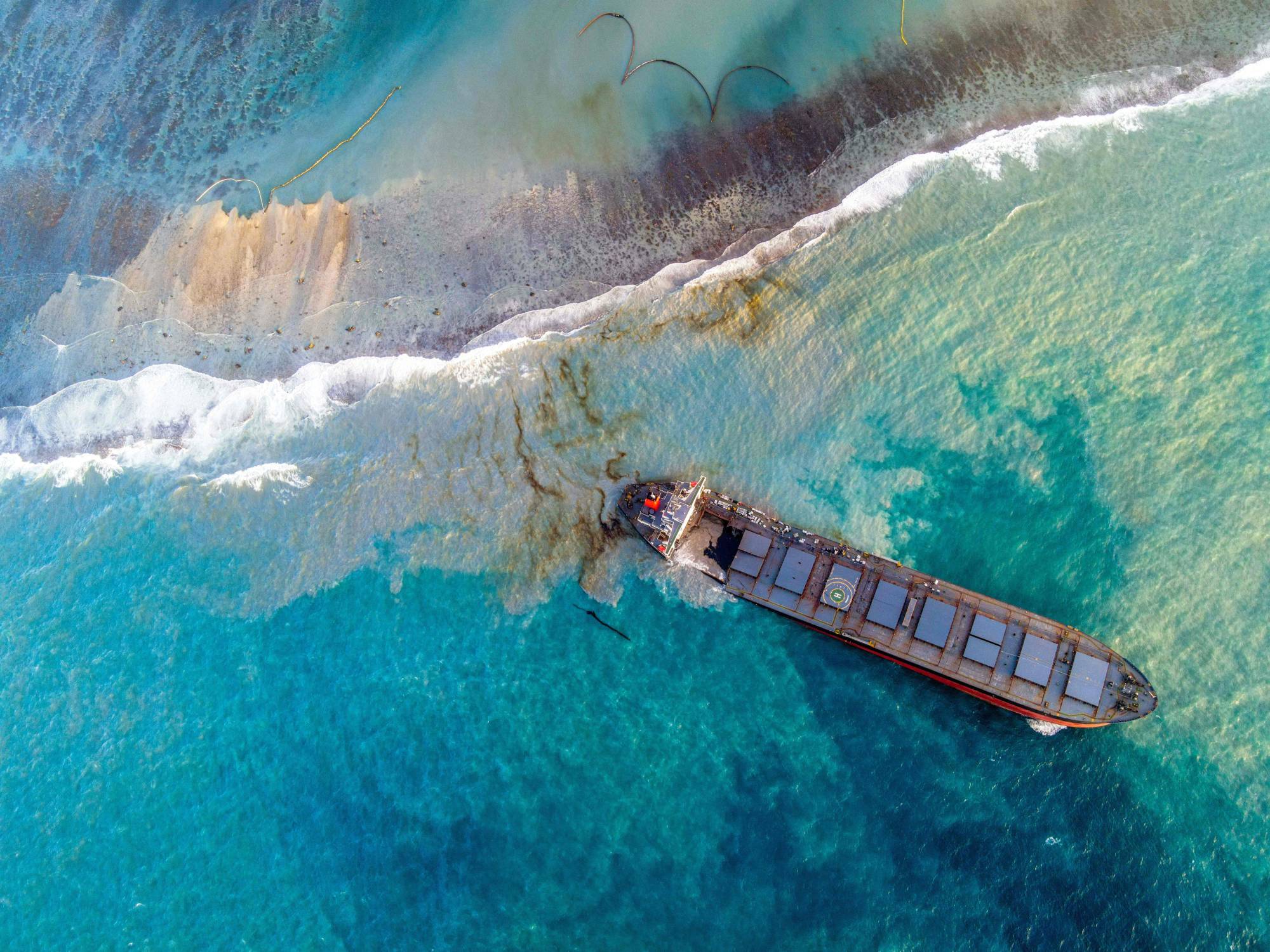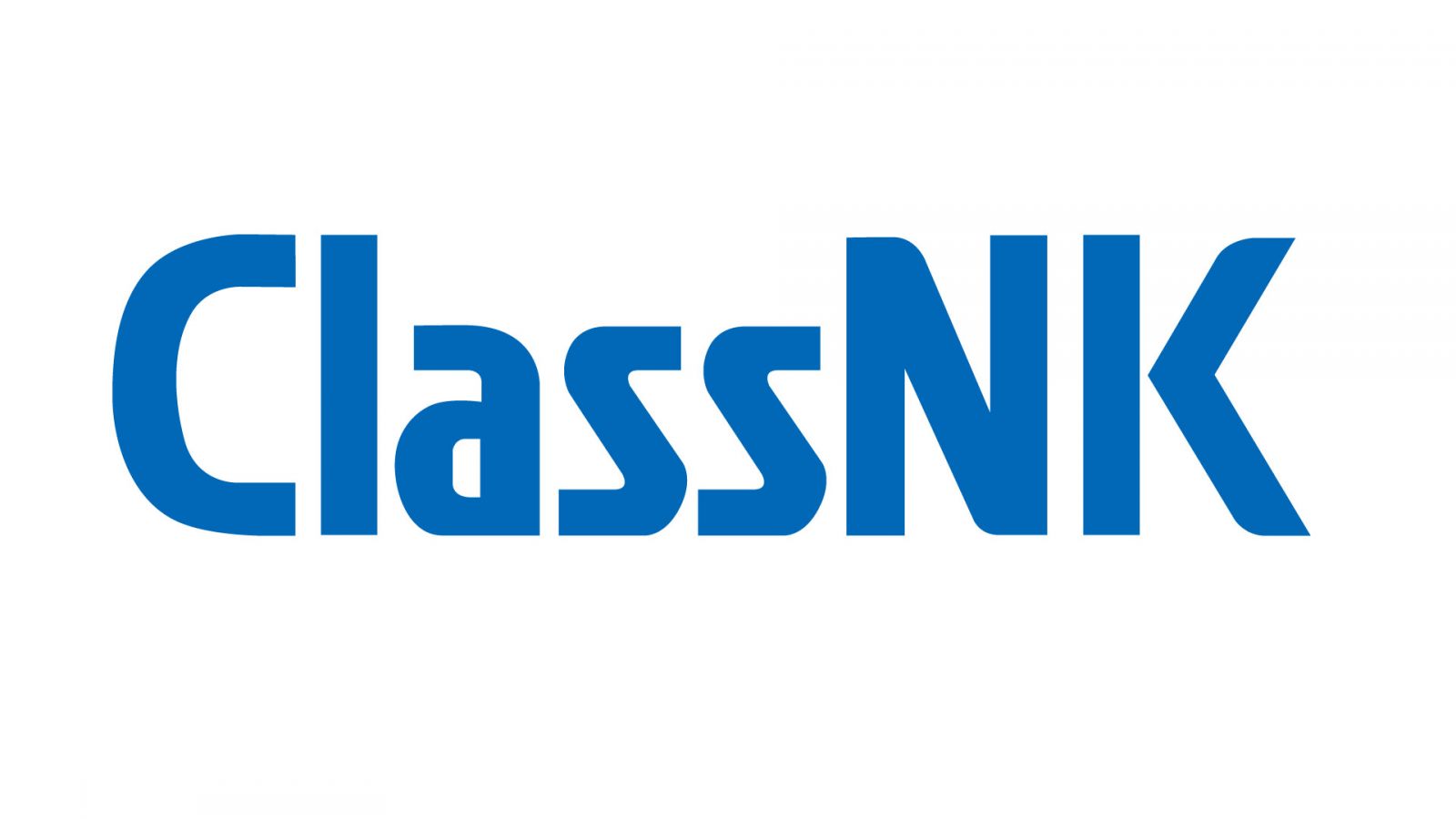A second sanctioned Russian LNG carrier on Sept. 7 left the Tieshan terminal in the Port of Beihai, southern China, sailing toward the east from the southwest of Hainan island, S&P Global Commodities at Sea data showed, with an indication of the cargo being discharged.
As of 2352 GMT Sept. 7, the Voskhod — formerly called the North Mountain — was located southwest of Hainan in the South China Sea after departing the Tieshan terminal at 0634 GMT, according to CAS.
The indicated draft of the Voskhod — previously seen near the Arctic LNG 2 facility July 19 — fell to 9.6 meters from 11.6 meters as of Sept. 5.
Platts, part of S&P Global Commodity Insights, reported Sept. 5 that a second sanctioned Russian LNG carrier appears to be heading to the Port of Beihai as it was sailing toward the northwest from the south of Hainan Sept. 5.
The move by the Voskhod comes after the Arctic Mulan — a sanctioned Russian LNG carrier — arrived Aug. 28 at the Tieshan terminal and departed on Aug. 29, CAS data showed, with shipping sources saying the ship had discharged a cargo.
It is followed by the Zarya — formerly known as the North Way — which entered the Gulf of Tonkin after passing Hainan Island — as of 0019 GMT Sept. 8, according to CAS.
Both the Voskhod and the Zarya are under US and EU sanctions.
“If the two vessels Voskhod and Zarya arrive at the PipeChina Beihai LNG terminal and unload their cargo from Arctic LNG 2, it would be an indication that the project is now able to find an outlet for its LNG exports despite prevailing restrictions,” Eric Yep, principal analyst for First Take Gas at Commodity Insights, said.
“The first vessel, Arctic Mulan, was a 78,000-cubic-meter vessel, but the Voskhod and the Zarya are full-sized LNG carriers with a capacity of more than 170,000 cubic meters each. And more are on the way,” Yep said.
“There continues to be uncertainty around the US response and whether the Treasury’s Office of Foreign Assets Control (OFAC) will take a hard stance on the sanctions violation, assuming they choose to take any action at all. Any OFAC action (or lack of it) will determine whether Arctic LNG 2 volumes continue to find new markets in other countries,” Yep said.
The US Treasury declined to comment Aug. 29 on the reported discharge from the Arctic Mulan.
“While Treasury does not comment on specific allegations, we take allegations of sanctionable conduct extremely seriously,” a spokesperson for the US Treasury told Platts.
In June, following the commissioning of the second train, it emerged that loadings from the Arctic LNG 2 project had resumed, with the Iris — formerly called the North Sky — arriving at the site on June 26, according to CAS data.
The Iris was sailing toward the southwest offshore northeast of Okinawa at 0031 Sept. 8, according to CAS.
The North Sky and several other LNG ships linked to the Arctic LNG 2 project were sanctioned by the US in August 2024 as part of Washington’s crackdown on Russian energy exports.
Novatek holds a 60% stake in Arctic LNG 2, alongside France’s TotalEnergies, China’s CNPC, China’s CNOOC and Japan Arctic LNG, all of which have 10% stakes.
Japan Arctic LNG BV is a Dutch corporation that is 75% owned by the Japan Organization for Metals and Energy Security and 25% owned by Mitsui. Source: Platts



